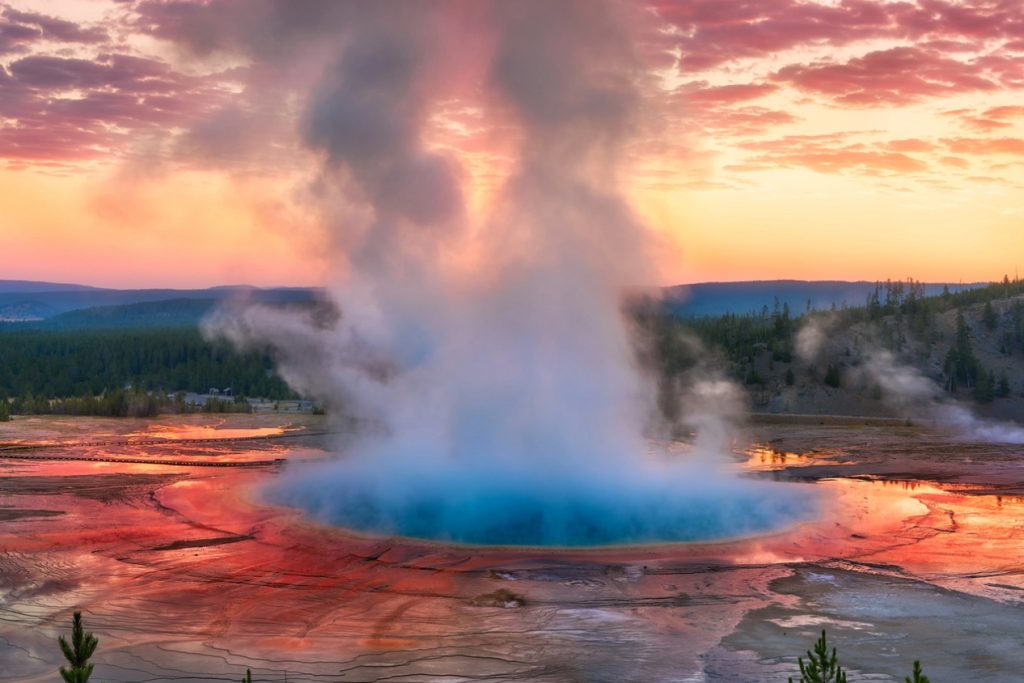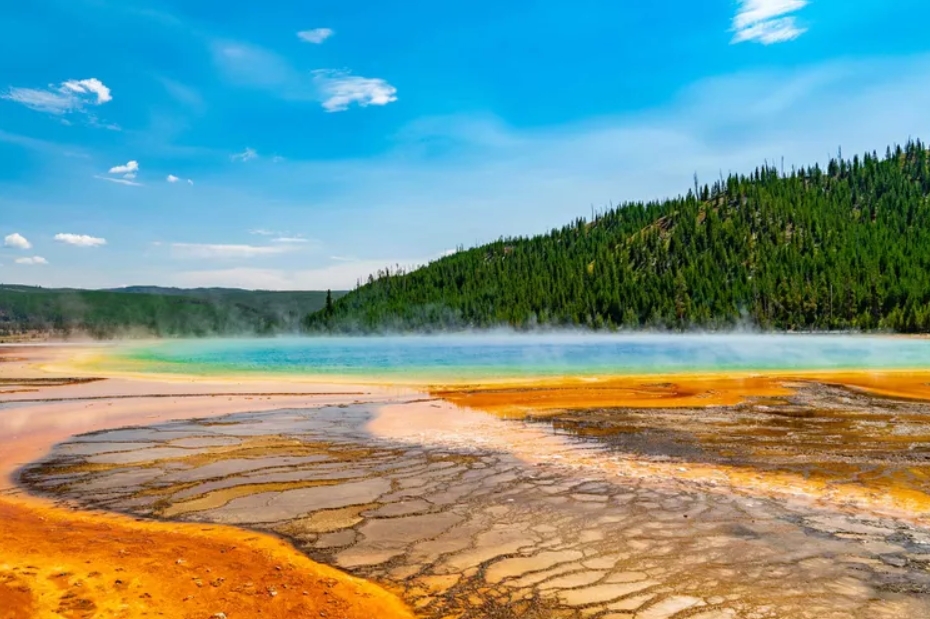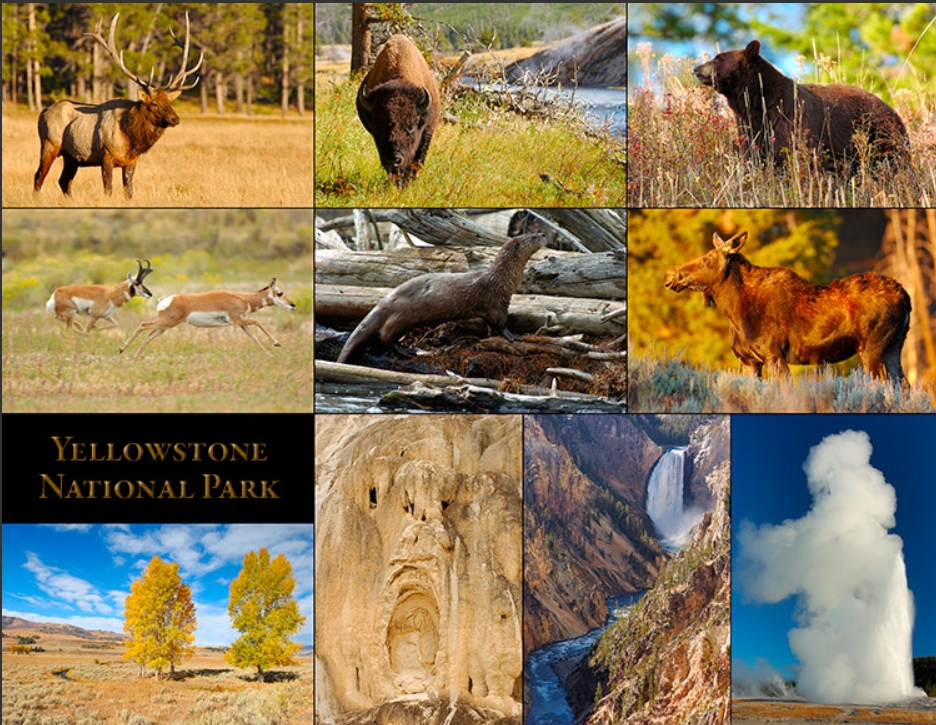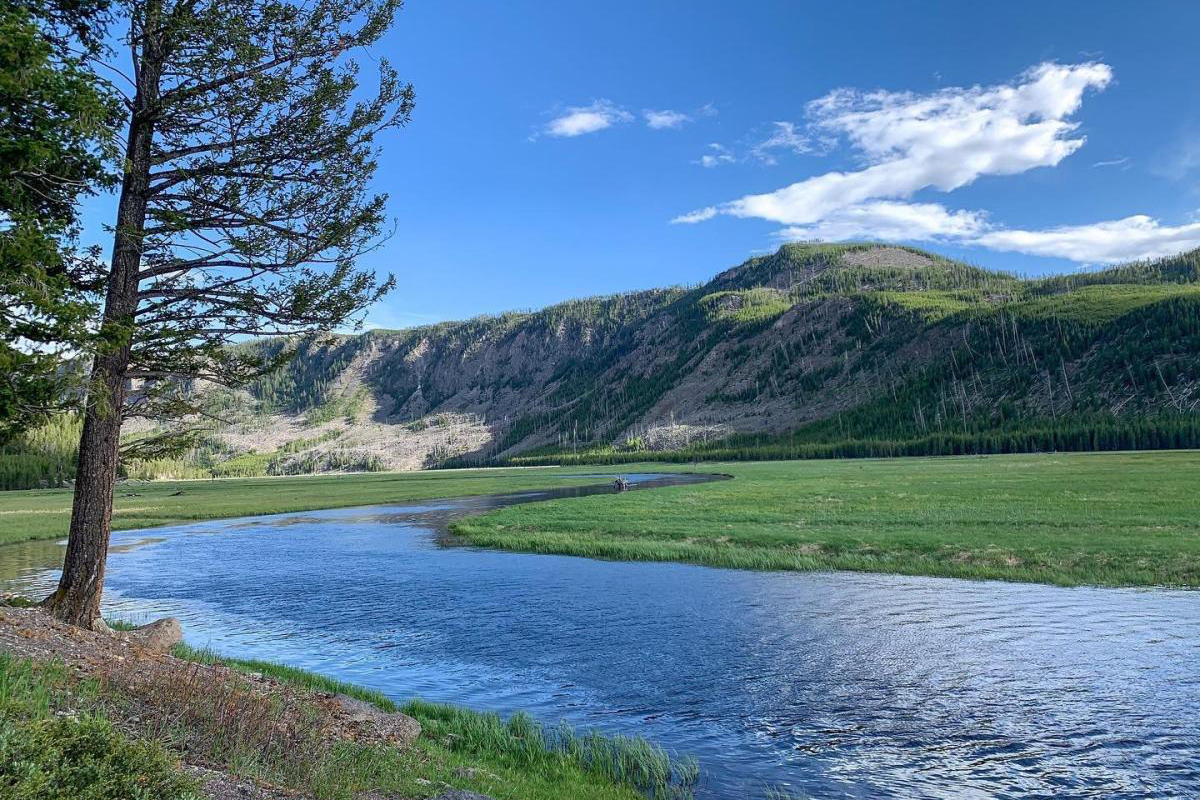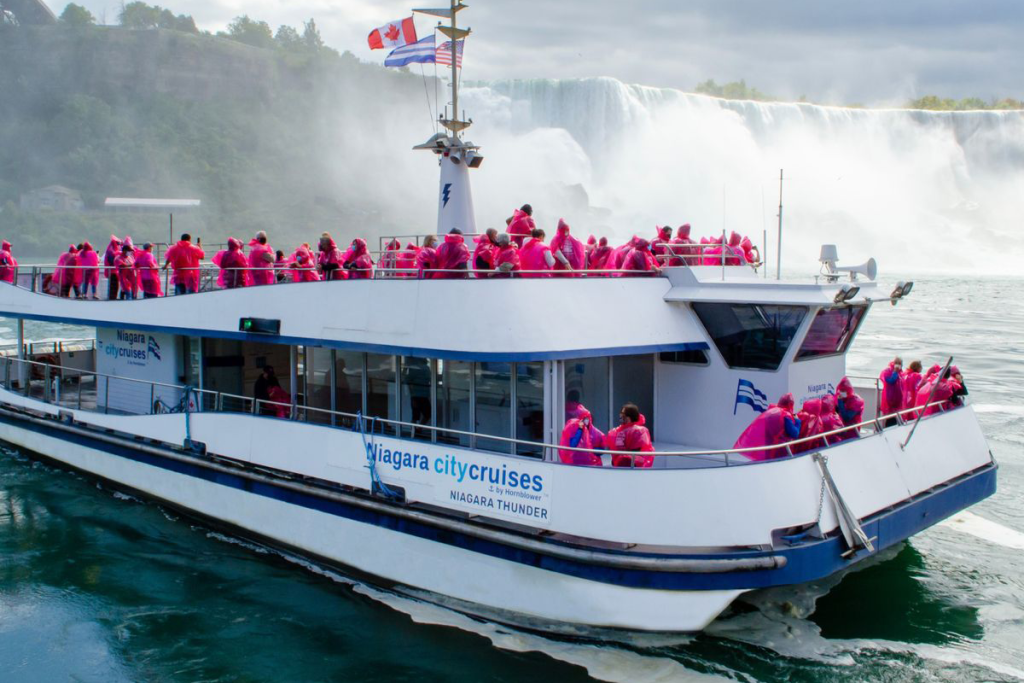Exploring the Unique Geology of Yellowstone National Park
Yellowstone National Park is renowned for its unique and diverse geology. Located in the northwest corner of Wyoming, the park is home to a variety of geological features, including hot springs, geysers, mudpots, and fumaroles. These features are the result of the park’s location atop a large volcanic caldera. Today we will take about What is special about Yellowstone National Park?
The Yellowstone Caldera is the largest active volcanic caldera in the world. It was formed by a series of massive eruptions that occurred over the past two million years. The most recent eruption occurred approximately 640,000 years ago, and it is estimated that the caldera is still active. The caldera is approximately 34 miles wide and 45 miles long, and it is filled with a variety of volcanic features.
The most famous of these features are the geysers and hot springs. Geysers are hot springs that periodically erupt, shooting hot water and steam into the air. Yellowstone is home to the world’s largest concentration of geysers, including the iconic Old Faithful. Hot springs are pools of hot water that are heated by the geothermal activity beneath the surface. The water in these pools can reach temperatures of up to 200 degrees Fahrenheit.
Mudpots and fumaroles are also common features in Yellowstone. Mudpots are bubbling pools of mud that are created when hot water and steam mix with clay and other minerals. Fumaroles are vents that emit steam and other gases, such as sulfur dioxide.
The unique geology of Yellowstone National Park is a testament to the power of nature. The park’s volcanic features are a reminder of the immense forces that shape our planet. Visitors to the park can explore these features and gain a greater appreciation for the natural world.
Discovering the Abundant Wildlife of Yellowstone National Park
Yellowstone National Park is a unique and remarkable destination, renowned for its abundant wildlife and stunning natural beauty. From the majestic bison and elk that roam the park’s grasslands to the grizzly bears and wolves that inhabit its forests, Yellowstone is home to a wide variety of wildlife.
Bison are the most iconic species in Yellowstone, and they are found in large numbers throughout the park. These massive animals can weigh up to 2,000 pounds and are often seen grazing in the meadows and along the roadsides. Elk are also common in Yellowstone, and they can be seen in the meadows and along the riverbanks. Other large mammals that inhabit the park include moose, bighorn sheep, pronghorn antelope, and mule deer.
The forests of Yellowstone are home to a variety of predators, including grizzly bears, black bears, wolves, and cougars. Grizzly bears are the most iconic of these predators, and they can be seen in the park’s meadows and along the rivers. Wolves are also common in Yellowstone, and they can be seen in the forests and along the roadsides.
In addition to the large mammals, Yellowstone is home to a variety of smaller animals, including beavers, otters, foxes, and coyotes. These animals can be seen along the rivers and in the meadows. The park is also home to a variety of birds, including bald eagles, ospreys, and hawks.
Yellowstone National Park is a remarkable destination, and its abundant wildlife is one of its most impressive features. From the iconic bison and elk to the grizzly bears and wolves, the park is home to a wide variety of animals. Whether you’re looking for a chance to observe these animals in their natural habitat or just want to take in the stunning beauty of the park, Yellowstone is sure to provide an unforgettable experience.
Uncovering the Fascinating History of Yellowstone National Park
Yellowstone National Park is one of the most iconic and beloved natural wonders in the United States. It is the world’s first national park, established in 1872, and is home to a wide variety of wildlife, geothermal features, and stunning landscapes. The park’s history is as fascinating as its natural beauty, and it is a story that has been shaped by both human and natural forces.
The first known inhabitants of the Yellowstone area were Native American tribes, including the Shoshone, Crow, Blackfeet, and Bannock. These tribes lived in the area for centuries, and their presence is still felt today in the park’s many archaeological sites.
In the early 1800s, the first non-Native American explorers began to visit the area. These explorers were amazed by the geothermal features, such as the geysers and hot springs, and they wrote about their experiences in journals and newspapers. This led to increased interest in the area, and in 1872, President Ulysses S. Grant signed a bill that established Yellowstone as the world’s first national park.
Since then, Yellowstone has been a popular destination for visitors from all over the world. The park has seen its share of challenges, including forest fires, poaching, and the introduction of non-native species. However, the park has also seen many successes, such as the reintroduction of the gray wolf in 1995 and the establishment of the Yellowstone Center for Resources in 2003.
Today, Yellowstone National Park is a beloved destination for millions of visitors each year. Its fascinating history and stunning natural beauty make it a must-see destination for anyone looking to explore the great outdoors.
